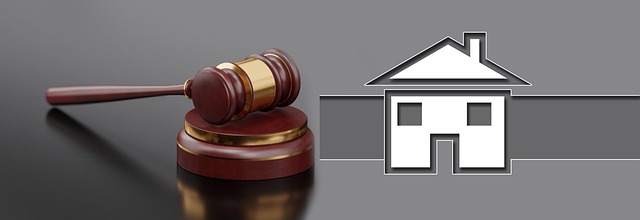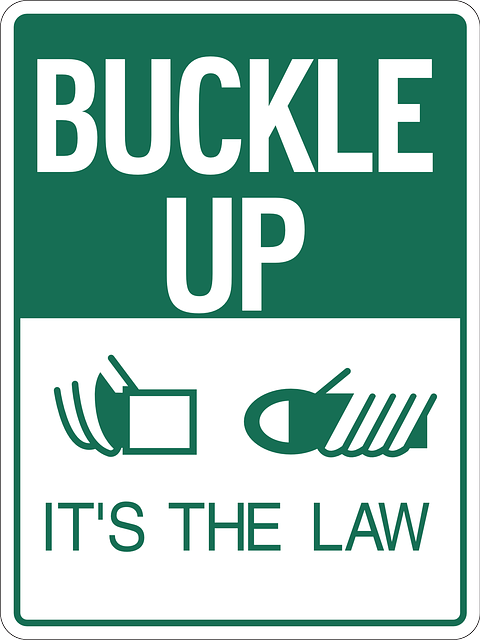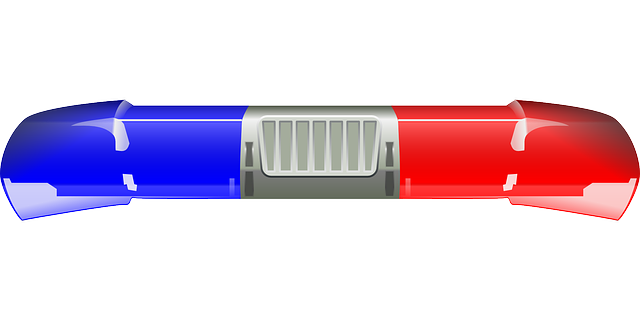Regulatory fraud laws protect against malicious practices manipulating government decisions or market advantages, requiring robust legal strategies to challenge forensic evidence in court. These strategies involve understanding regulatory frameworks, digital forensics, and questioning expert qualifications, methodologies, and data integrity. By scrutinizing data collection, preservation, and interpretation, including financial records analysis and expert witness testimonies, legal teams can weaken prosecution cases, potentially clearing wrongfully accused individuals. This strategic approach is vital for navigating complex fraud cases and ensuring a fair business environment.
Regulatory fraud laws are essential tools in combating dishonest practices that undermine the integrity of business operations. This article explores the intricate world of these laws, focusing on their definitions, scope, and the critical role of forensic evidence in fraud investigations. We delve into the challenges faced when presenting a strong case, examining legal considerations and strategies for challenging forensic evidence in court. Real-world examples highlight key lessons learned, offering valuable insights for professionals navigating these complex regulatory environments.
- Understanding Regulatory Fraud Laws: Definitions and Scope
- The Role of Forensic Evidence in Fraud Investigations
- Challenges to Forensic Evidence: Legal Considerations
- Presenting a Strong Case: Strategies for Challenging Evidence
- Real-World Examples and Lessons Learned
Understanding Regulatory Fraud Laws: Definitions and Scope

Regulatory fraud laws are designed to protect against malicious practices that manipulate regulatory frameworks for personal gain. These laws encompass a wide range of offenses, including financial misdeeds, false statements, and deceptive actions aimed at influencing government decisions or gaining unfair advantages in the market. Understanding these laws is crucial for both regulators and individuals alike, as they serve as a bulwark against white-collar and economic crimes.
The scope of regulatory fraud laws extends to all stages of the investigative and enforcement process. When investigating such cases, forensic evidence plays a pivotal role in uncovering fraudulent activities. However, challenges often arise regarding how to effectively challenge forensic evidence in court. Given the complex nature of financial transactions and data manipulation, it’s essential to employ robust strategies that can counter intricate presentations of forensic findings. Avoiding indictment requires meticulous legal arguments and a deep understanding of both regulatory frameworks and the intricacies of digital forensics.
The Role of Forensic Evidence in Fraud Investigations

Forensic evidence plays a pivotal role in fraud investigations, offering a scientific and objective approach to uncovering illicit activities. It provides crucial insights that can help prosecutors build strong cases against suspected fraudsters. This includes financial records analysis, digital forensics examining electronic devices, and expert witnesses providing interpretations of complex data. However, navigating the presentation of forensic evidence in court is an art. Defendants, through their general criminal defense strategies, can challenge these findings, aiming to achieve extraordinary results by raising doubts about the methodology, accuracy, or potential biases involved.
Understanding how to effectively contest forensic evidence is vital for those facing fraud charges. By questioning the collection, preservation, and interpretation of data, legal teams can weaken the prosecution’s case. This strategy may include examining the qualifications and methodologies of experts, challenging the integrity of digital evidence, or disputing the relevance and reliability of financial records. A successful defense against these pieces of evidence could significantly impact the outcome, potentially avoiding indictment for those who have been wrongfully accused.
Challenges to Forensic Evidence: Legal Considerations

Forensic evidence plays a pivotal role in fraud investigations, but its admissibility in court isn’t always straightforward. Challenges to this evidence often arise due to concerns about its integrity, reliability, and potential biases. When navigating legal battles involving regulatory fraud, understanding how to challenge forensic evidence is crucial for achieving a favorable outcome.
Many tactics can be employed to scrutinize the validity of forensic findings. One approach involves examining the methodology used during data collection and analysis. Inconsistencies or deviations from established protocols may weaken the evidence’s credibility. Additionally, questioning the qualifications and potential conflicts of interest of the experts presenting the forensic results is essential. Across the country, legal professionals must be adept at navigating these complexities to protect their clients’ interests throughout all stages of the investigative and enforcement process, ensuring a fair business environment for respective companies.
Presenting a Strong Case: Strategies for Challenging Evidence

Building a robust defense strategy involves understanding how to challenge forensic evidence effectively. When presenting a strong case, particularly in white-collar and economic crime cases across the country, attorneys must employ strategic tactics to counter the prosecution’s evidence. One key aspect is examining the methodology and qualifications of the forensic expert. Questioning their approach, tools, and potential biases can weaken the reliability of their findings. For instance, experts may have used outdated methods or failed to consider alternative explanations for the data they analyzed.
Additionally, defense teams should scrutinize the chain of custody for physical evidence. Ensuring that items remain undisturbed and are properly documented is crucial. Any gaps in this process could lead to the exclusion of critical forensic results. By employing these strategies, defendants can avoid indictment by challenging the strength and integrity of the prosecution’s case.
Real-World Examples and Lessons Learned

In recent years, numerous real-world examples have brought regulatory fraud to the forefront, offering valuable lessons for both legal professionals and businesses. High-profile cases involving manipulation of financial data, false reporting, and misleading disclosures have highlighted the importance of robust forensic evidence in court. For instance, across the country, companies have faced severe consequences for altering digital records, demonstrating the power of how to challenge forensic evidence effectively.
These incidents underscore the need for meticulous record-keeping and transparent practices throughout all stages of the investigative and enforcement process. By learning from these cases, organizations can implement stronger internal controls and compliance measures, ultimately achieving extraordinary results in fraud prevention and detection. Understanding how to counter forensic evidence is crucial in navigating complex legal landscapes and ensuring accountability.
Regulatory fraud laws are essential tools for maintaining integrity within various industries. While forensic evidence plays a pivotal role in fraud investigations, challenges exist, particularly during court proceedings. Understanding how to effectively challenge forensic evidence is crucial for ensuring fairness and achieving justice. By employing strategic approaches, as outlined in this article, individuals and organizations can navigate the complexities of legal battles related to regulatory fraud, ultimately strengthening their defenses.






